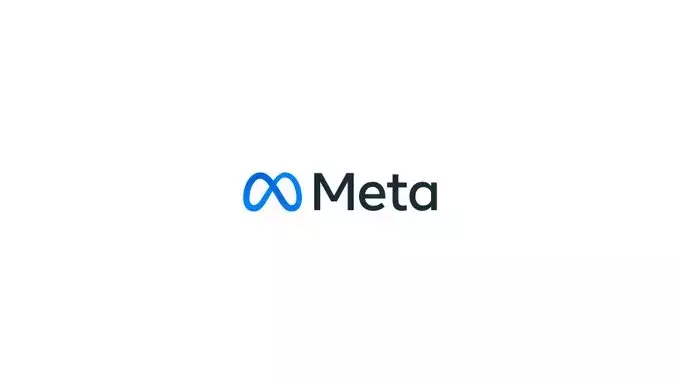In an ever-evolving digital landscape, the challenge of engaging consumers has led companies to explore innovative advertising solutions. One of the latest developments in this sphere is Meta’s new advertising option named “Flexible Media.” This feature signifies Meta’s commitment to refining its ad delivery strategies based on user interaction predictions. While this terminology might sound complex, at its core, Flexible Media aims to enhance ad effectiveness by diversifying creative choices and optimizing their display to target audiences.
Historically, digital advertising has relied heavily on specific targeting methods to reach particular demographics. However, as technology advanced, the industry began integrating more automated systems powered by artificial intelligence (AI) to improve outcomes. Meta’s introduction of the Advantage+ campaign tools is a prime example of this shift, as it empowers advertisers to automate the selection of ads. This system operates under real-time data assessments, dynamically adjusting which ads are shown based on user interaction and preferences.
Flexible Media extends this approach by allowing advertisers to present multiple creative assets for various ad placements while letting Meta’s platform choose the most effective combinations. The essential goal here is to fine-tune ad delivery to enhance performance, ultimately leading to increased engagement and conversion rates.
It is crucial to distinguish Flexible Media from earlier initiatives like “Flexible Ads.” The latter allows advertisers to upload numerous images, letting Meta’s algorithms determine which visuals are most effective for each user. In contrast, Flexible Media broadens this concept by tailoring images not just for individual users but across diverse placement groups. This strategic flexibility can lead to higher relevance in messaging, catering more accurately to the whims of the audience.
What stands out with Flexible Media is its reliance on predictive analytics. By grasping user behavior patterns through extensive data processing, Meta aims to offer advertisers the ability to optimize their campaigns further. This strategy indicates a crucial transition in advertising, where the emphasis is placed on adapting content dynamically rather than relying solely on pre-defined targeting choices.
The automation trend is a double-edged sword. On one hand, it streamlines processes for advertisers, potentially leading to improved results without requiring exhaustive manual input. On the other, it raises questions about control and precision in targeting. Many marketers may feel they are ceding too much power to automated systems, fearing that their nuanced understanding of audience behavior will be overshadowed by algorithmic decision-making.
However, as Meta’s AI continuously learns from user interactions, there is a compelling case to be made for embracing these automated tools. Advertisers often struggle to keep up with real-time changes in consumer preferences, making automation not just desirable, but necessary. By harnessing such systems, businesses can focus on strategic creative development while leaving the task of audience targeting and ad delivery to a system capable of processing vast amounts of data rapidly.
The trepidation felt by advertisers about transitioning to tools like Flexible Media is valid; incorporating more automation can be daunting. Yet, it is essential to approach these advancements with an experimental mindset. Testing Meta’s automated advertising features may yield insights that traditional methods cannot provide.
A phased approach allows advertisers to monitor performance indicators closely. By balancing automated strategies with existing knowledge of their audiences, businesses can better gauge the effectiveness of utilizing these tools. The key lies in remaining open-minded and adaptable, finding the sweet spot between innovation and intuition.
Meta’s Flexible Media represents a significant step toward modernizing digital advertising. It reflects broader trends in the industry toward greater reliance on automation and AI-driven processes. While there may be concerns about relinquishing control, the potential benefits of this shift—such as enhanced targeting, creativity, and ultimately, performance—cannot be overlooked.
As advertisers explore the possibilities offered by Flexible Media, they must do so with a willingness to adapt and innovate. The future of advertising promises to be more integrated and personalized than ever, with systems like Meta’s leading the way. Embracing this change could mean unlocking new levels of engagement and success in an increasingly competitive marketplace.


Leave a Reply